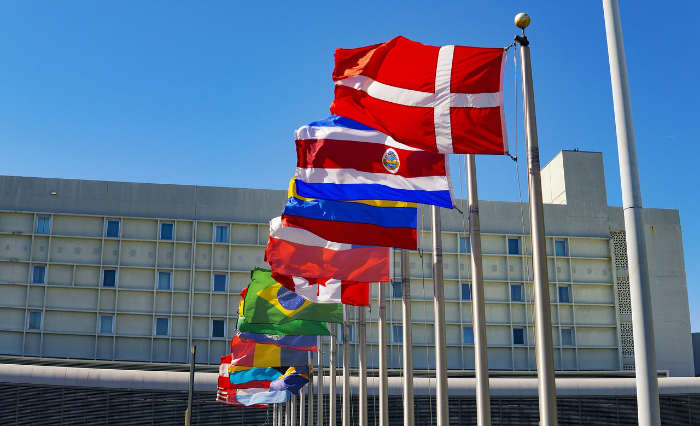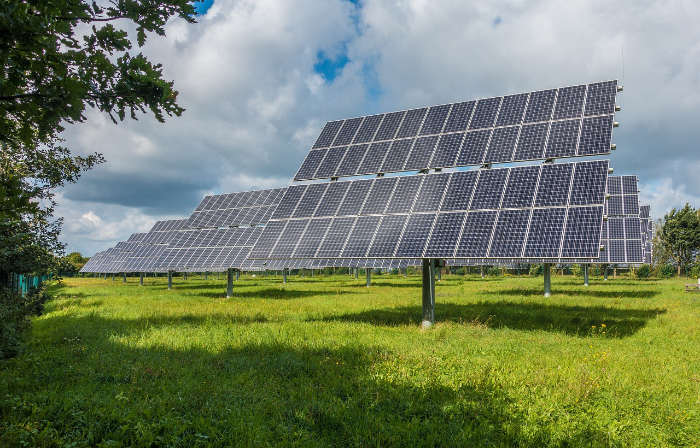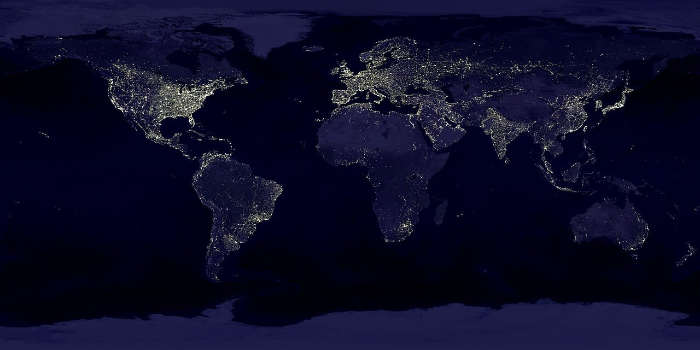Testosterone Levels by Country 2025

300
350
400
450
500
550
600
650
700
750
800
5 Countries with the Highest Testosterone
Country | Testosterone (ng/dL)↓ | |
|---|---|---|
| Uzbekistan | 773 | |
| Croatia | 752 | |
| Cameroon | 731 | |
| Azerbaijan | 694 | |
| Mongolia | 693 | |
| Ethiopia | 671 | |
| DR Congo | 668 | |
| Nigeria | 625 | |
| Saudi Arabia | 599 | |
| Sudan | 588 | |
| Uganda | 586 | |
| Netherlands | 571 | |
| Serbia | 570 | |
| Ghana | 569 | |
| Denmark | 566 | |
| Algeria | 563 | |
| New Caledonia | 562 | |
| Belgium | 561 | |
| Armenia | 556 | |
| Kenya | 552 | |
| Russia | 547 | |
| Bulgaria | 534 | |
| Sri Lanka | 533 | |
| Tunisia | 532 | |
| Yemen | 531 | |
| China | 521 | |
| Egypt | 521 | |
| United Kingdom | 521 | |
| Indonesia | 503 | |
| Vietnam | 503 | |
| Japan | 502 | |
| Iceland | 502 | |
| Iraq | 500 | |
| Morocco | 497 | |
| Spain | 496 | |
| Taiwan | 492 | |
| Iran | 490 | |
| Sweden | 489 | |
| Jordan | 488 | |
| India | 487 | |
| Myanmar | 481 | |
| Italy | 480 | |
| South Africa | 472 | |
| Portugal | 472 | |
| Switzerland | 472 | |
| Pakistan | 465 | |
| Malaysia | 464 | |
| South Korea | 462 | |
| United States | 459 | |
| Argentina | 455 | |
| Greece | 448 | |
| Norway | 443 | |
| Cuba | 438 | |
| Austria | 438 | |
| Germany | 434 | |
| Thailand | 433 | |
| New Zealand | 428 | |
| Bangladesh | 423 | |
| Turkey | 420 | |
| France | 420 | |
| Peru | 414 | |
| Slovakia | 414 | |
| Philippines | 413 | |
| Mexico | 412 | |
| Palestine | 407 | |
| Kyrgyzstan | 405 | |
| Ukraine | 404 | |
| Uruguay | 404 | |
| Australia | 403 | |
| Canada | 402 | |
| Israel | 395 | |
| Romania | 394 | |
| Ireland | 394 | |
| Lithuania | 392 | |
| Venezuela | 384 | |
| Kuwait | 379 | |
| Brazil | 375 | |
| Finland | 375 | |
| Honduras | 374 | |
| Poland | 373 | |
| Estonia | 369 | |
| Chile | 358 | |
| Kazakhstan | 356 | |
| Belarus | 356 | |
| Bahrain | 346 | |
| Latvia | 342 | |
| Czechia | 315 |
- Testosterone levels are measured in nanograms per deciliter of fluid (ng/dl).
- Except for the countries noted below, data compiled from various studies dated 2010-2022.
- Data for Croatia is from 1987, no more recent data available.
- Armenia: 556 in 1980. Unknown what it is currently.
- Austria: data from early 2000’s only
- Data have been compiled from a wide range of sources, some with less rigorous statistical practices, and across a wide range of years. Although this compilation remains the best available ongoing measure of global testosterone levels, it should not be considered scientifically sound.
When considering testosterone levels by country, several factors are studied to determine what countries have the highest levels of testosterone. Overall, however, it is a difficult factor to quantify and generalize about as individuals need to be tested to determine it conclusively. Testing rarely happens, but some studies do obtain consent for such research.
Males are typically the main population studied in testosterone levels by country, although all females have some level of testosterone. Some females also supplement the hormone – in cases of sexual identity disparity.
Prostate cancer is one thing researchers examine when looking at testosterone levels by country. High levels of testosterone can be an indicator of risk for prostate cancer, with Asian males being the least likely to develop this cancer when compared to European and American males. That may indicate that Americans and Europeans have higher levels of testosterone than Asian males.
Developed Countries Have Higher Testosterone
It is postulated that the countries with the highest levels of testosterone are developed countries. However, this may not always be the case. According to the data available in recent years, Uzbekistan seems to house people with the largest levels of testosterone in the world at 773 ng/dl. Croatia and Cameroon – the only two other countries with testosterone levels in the 700s – come in second and third in most studies of countries with high testosterone levels. Azerbaijan, Mongolia, Ethiopia, DR Congo, and Nigeria are home to men and some women with testosterone levels in the 600s ng/dl. The United States fares moderately at 459 ng/dl.
Body size seems to have something to do with testosterone levels, as testosterone level rates in the United States have recently declined, and obesity is considered a cause of that. When an individual gains fat, their testosterone production decreases as other hormones increase in function to maintain new weight gain. Muscle growth leads to an increase in testosterone production, and many people use supplemental testosterone to enhance muscle growth.
Other Factors Impacting Testosterone Levels
Job type and region seem to be correlated with testosterone levels in some cases. Males not engaged in manual labor are likely to have lower levels of testosterone than males whose work involves muscle, such as on farms and in factories. Some studies have found that smoking tobacco is associated with slightly higher testosterone levels in men, though the overall health risks of smoking far outweigh any potential hormonal effects.
























